Disinfectants are a category of antimicrobial pesticides
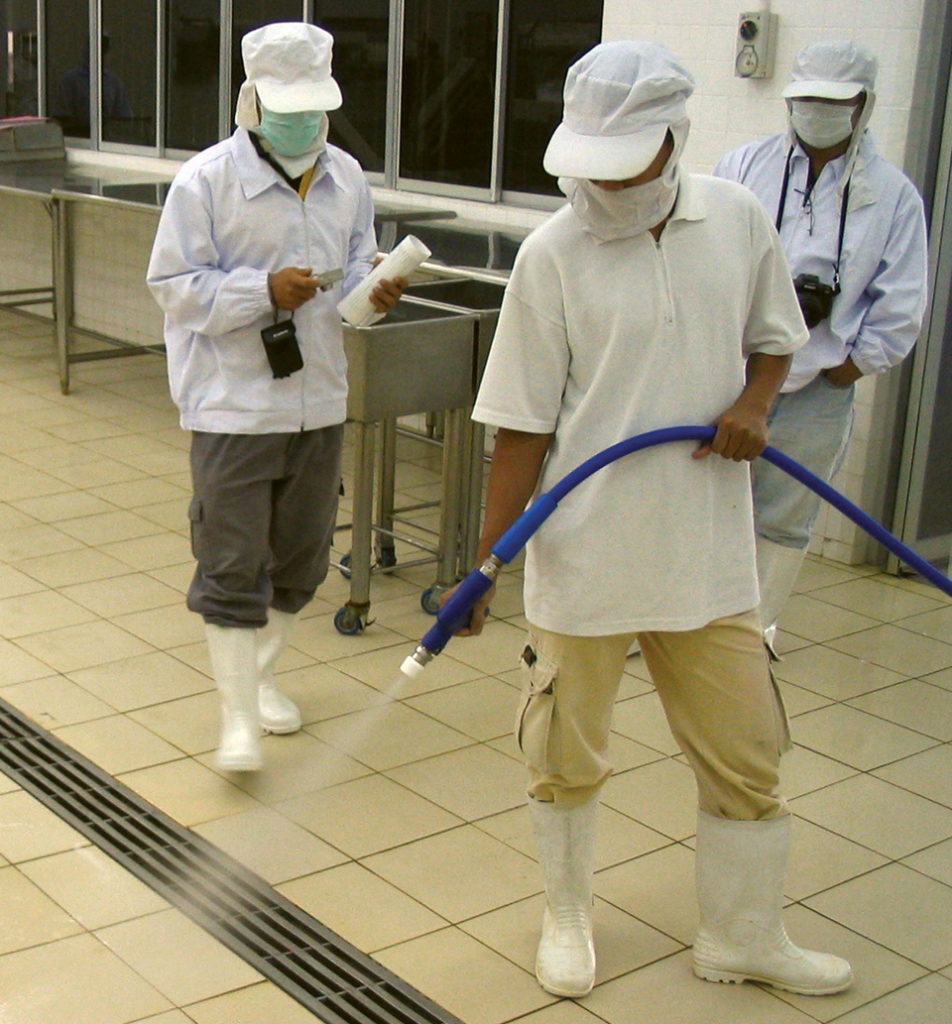
Several compounds are widely used as disinfectants in the aquaculture industry. At most fish and shrimp hatchery, grow-out, and processing facilities, these compounds are routinely used to kill bacteria, viruses, and other pests that might impact productivity. Depending on the country, regulations governing disinfectant use can range from being quite simple to onerously complex.
Ultimately, the decision to use these compounds depends on their availability, history of use by staff and perceived effectiveness. Users should bear in mind, however, that some compounds can be hazardous to the health of employees, culture animals, and the environment.
Usage regulations
The American Heritage Dictionary defines a disinfectant as “an agent, such as heat, radiation, or a chemical, that destroys, neutralizes, or inhibits the growth of disease-carrying microorganisms.” This common definition encompasses a wide range of chemical and other agents, some of which are listed in Table 1.
Newman, Classes and uses of disinfectants, Table 1
| Compound | Description | Comments |
|---|
Compound | Description | Comments |
|---|---|---|
| Ultraviolet disinfection | Lamps generate U.V. light to kill bacteria, viruses, etc. | Widely used in hatcheries and recirculating systems. Effectiveness is variable. |
| Ozone | Toxic derivative of oxygen | Widely used. Can form toxic residues and be very toxic to larval animals. |
| Quaternary ammonium compounds | Broad-spectrum chemical compounds | Widely used in water on farms in Southeast Asia. Kill bacteria and viruses. |
| Iodophors | Iodine-based compounds, complexed with PVP | Egg disinfectant, foot bath, hand sanitizer. Corrosive. |
| Chlorinated compounds | Contain chlorine as the active ingredient | Foot bath, water sterilization. Most are very toxic to fish and shrimp. Can also be hazardous to workers. |
| Copper compounds | Contain copper in an elemental or chelated form | Algaecide, although also used as molluscide. Can be toxic. |
| Calcium hydroxide, calcium oxides | Lime, burnt lime, etc. | Algaecide, used to kill bacteria and viruses in water, as well. Caustic and potentially hazardous. |
| Peroxides | Use killing action of oxygen | Algaecide, also used to kill bacteria and viruses in water. Caustic and potentially hazardous. |
| Pesticides | Varied modes of action | Used to kill viral vectors. At least one is routinely used in shrimp hatcheries as a fungicide. |
| Aldehydes | Highly reactive chemical groups against proteins | Used to kill parasites and protozoa. Broad-spectrum activity. Potentially hazardous to workers. |
| Dyes | Varied modes of action | Used to kill fungi and other organisms. Some are banned for use in aquaculture. |
From a regulatory standpoint in the United States, disinfectants are a category of antimicrobial pesticides. The sale of these products is regulated by the Environmental Protection Agency.
The types of disinfectants applied in aquaculture are considered nonpublic health products. They are used to control the growth of algae; odor-causing bacteria; bacteria that cause spoilage, deterioration, or fouling of materials; and microorganisms infectious only to animals. The disinfectants are licensed for use on hard inanimate surfaces and objects to destroy or irreversibly inactivate infectious fungi and bacteria, but not necessarily their spores.
If compounds are used on living animals, they are considered drugs and are then regulated by the U.S. Food and Drug Administration. This means that if a compound is used specifically for the purpose of treating or preventing a disease in an animal, it is a drug. Adding a disinfectant to the water when animals are present to kill a pathogen would fall into this category.
Although many different compounds are in use in the U.S., the claims on labels determine the uses for which products may be marketed. While using a product for other applications may or may not be biologically problematic, it is potentially risky and may be illegal. The Federal Joint Subcommittee on Aquaculture Working Group on Quality Assurance in Aquaculture Production has published a Guide to Drug, Vaccine, and Pesticide Use in Aquaculture at http://aquanic.org/jsa/ that outlines legal disinfectant uses in the United Stats.
At this time, the United States does not regulate what compounds are used outside the country for products that are consumed in the United States, and this is not likely to occur in the near future. However, disinfectant residues in imports are a potential issue that may eventually spur regulatory action to limit the use of specific compounds. It should be kept in mind that many compounds widely used globally have never been fully tested for residues, and no tolerances have been established.
Responsible use
The subject of disinfectants is a complex issue. Even in those cases where a use is without known harm or risk, the user should understand that if the possibility exists for residues in the final consumed product, such use is potentially irresponsible. While it may escape regulatory action, the use could result in harm to end users or the crop itself, and ultimately lead to very serious and economically damaging restrictions.
Disinfectants should therefore always be used responsibly. This requires both an understanding of how they act and the organisms against which they are effective.
(Editor’s Note: This article was originally published in the November/December 2006 print edition of the Global Aquaculture Advocate.)
Now that you've reached the end of the article ...
… please consider supporting GSA’s mission to advance responsible seafood practices through education, advocacy and third-party assurances. The Advocate aims to document the evolution of responsible seafood practices and share the expansive knowledge of our vast network of contributors.
By becoming a Global Seafood Alliance member, you’re ensuring that all of the pre-competitive work we do through member benefits, resources and events can continue. Individual membership costs just $50 a year.
Not a GSA member? Join us.
Author
-
Stephen G. Newman, Ph.D.
President, CEO
AquaInTech Inc.
6722 162nd Place Southwest
Lynnwood, Washington 98037 USA
sgnewm@aqua-in-tech.com
Tagged With
Related Posts
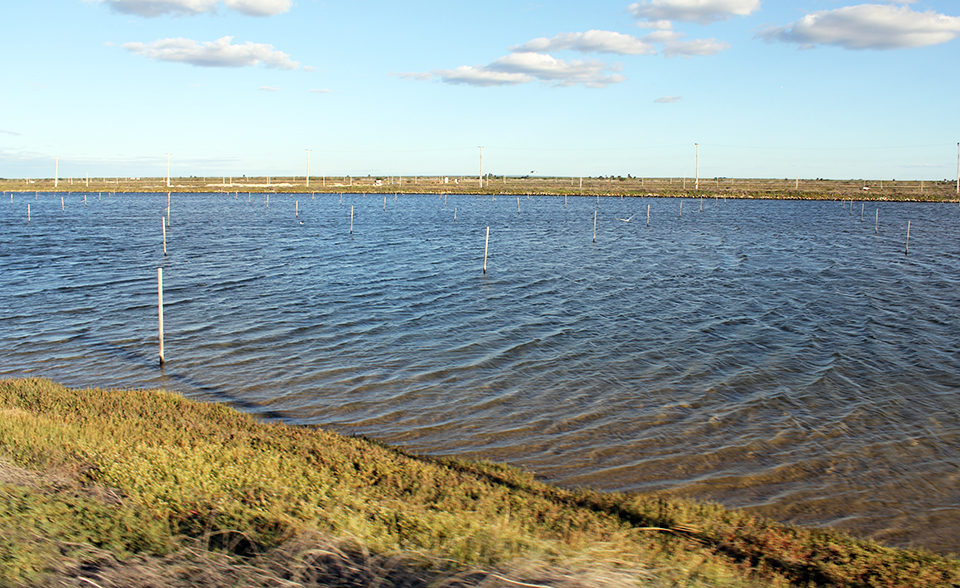
Health & Welfare
AHPN inferences based on behavior of vibrio bacteria
Vibrio parahaemolyticus, a strain of which is the cause of acute hepatopancreatic necrosis (AHPN), has both virulent and benign strains. This strain colonizes the stomachs of shrimp by the formation of a biofilm, which protects it from antibiotics and other potential treatments.
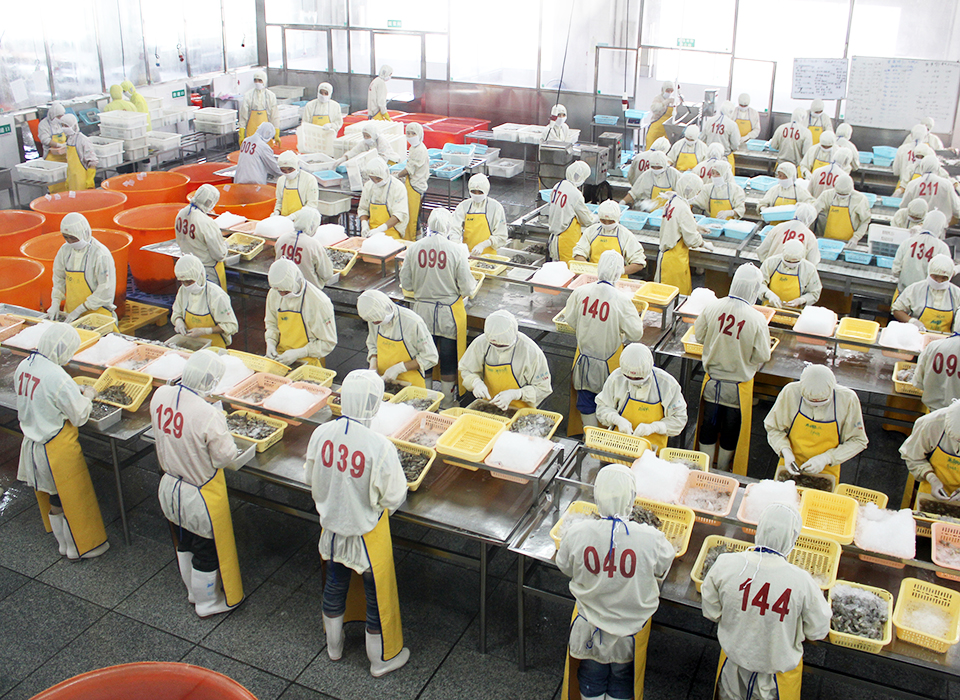
Health & Welfare
Antibiotic-resistant bacteria, part 2
The development of antimicrobial resistance genes in human pathogens as a consequence of exposure to antibiotics in aquaculture is widely documented. Reports implicate foodborne antibacterial-resistant pathogenic bacteria in human disease.
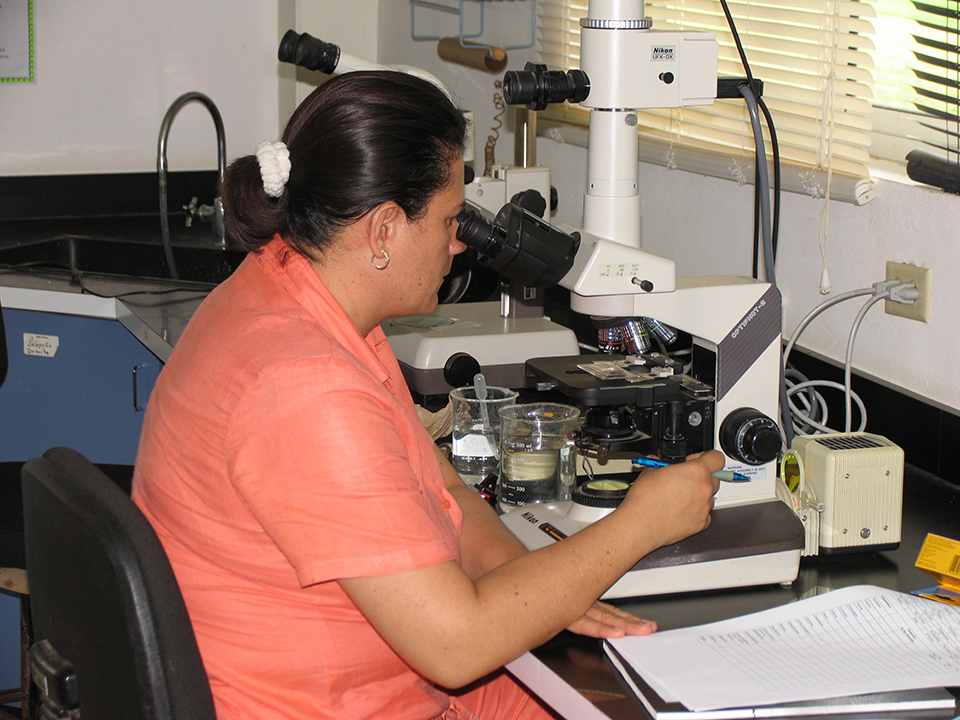
Health & Welfare
Antimicrobial resistance: Aquaculture to humans, humans to aquaculture?
The transfer of resistance from an aquaculture pathogen into a human enteric bacterium has been demonstrated in research and may be happening in the real-world environment.
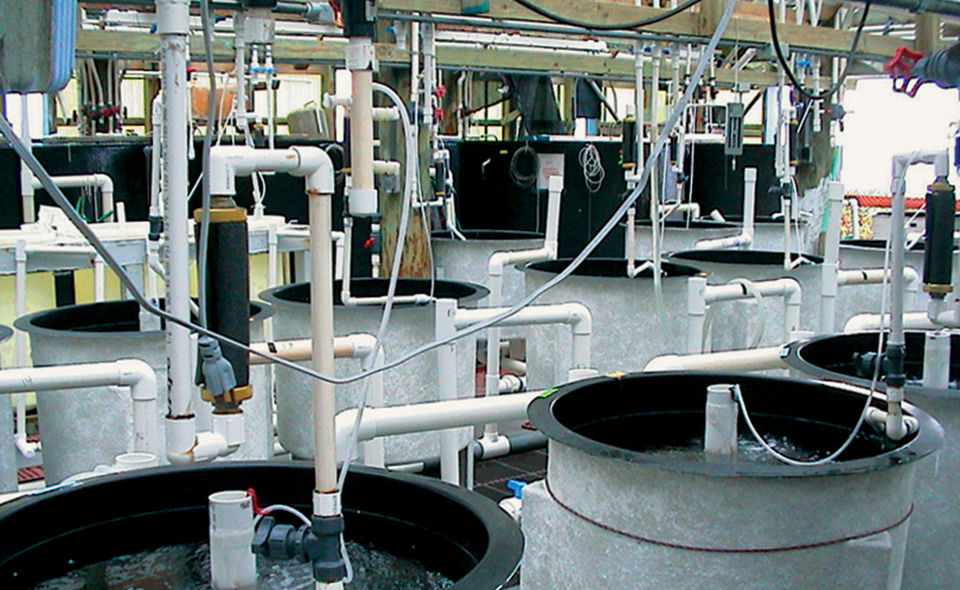
Health & Welfare
Bacterial testing improves biosecurity at marine hatchery
Microbial surveys of hatchery operations at Oceanic Institute found a strong correlation between hatchery success and cultivable bacteria levels in the water supplied to the larval-rearing systems.


